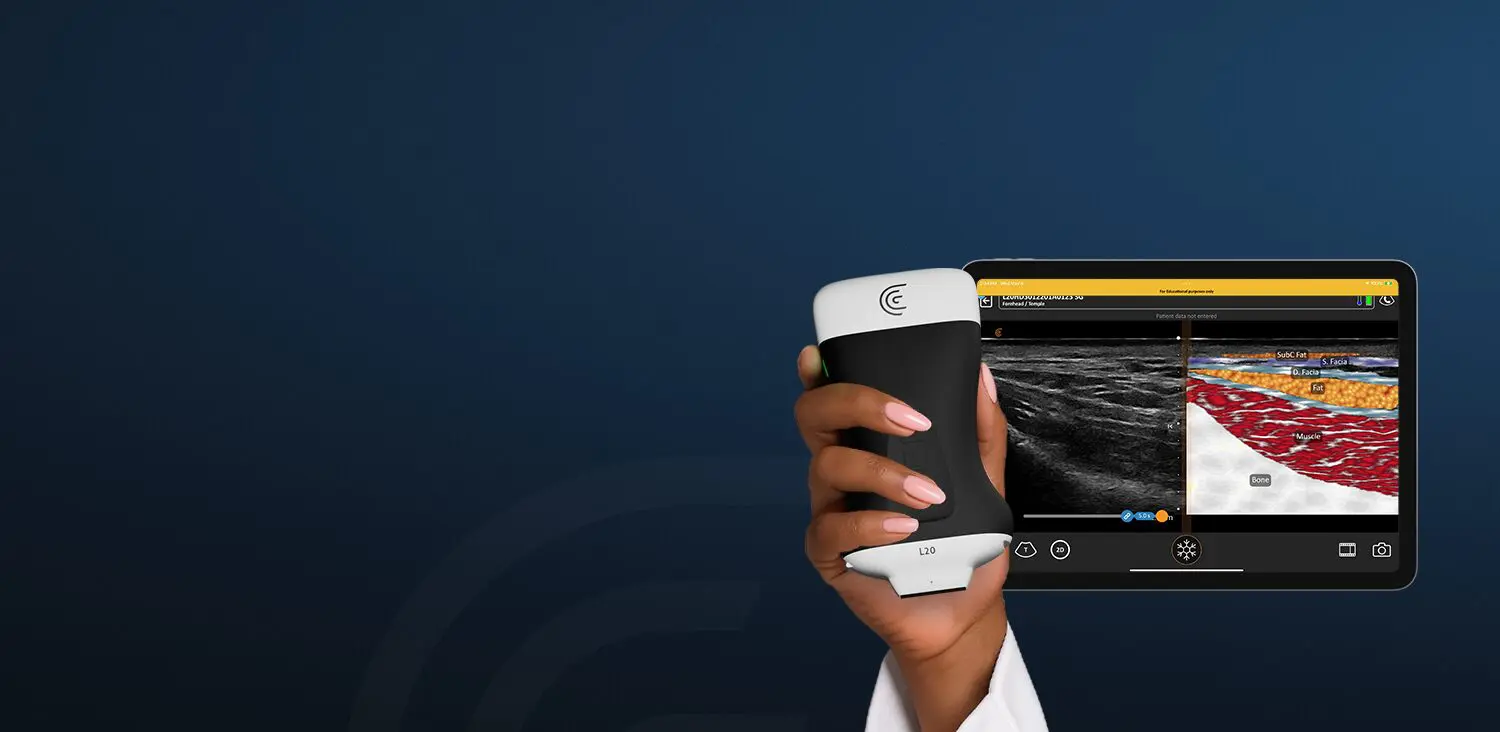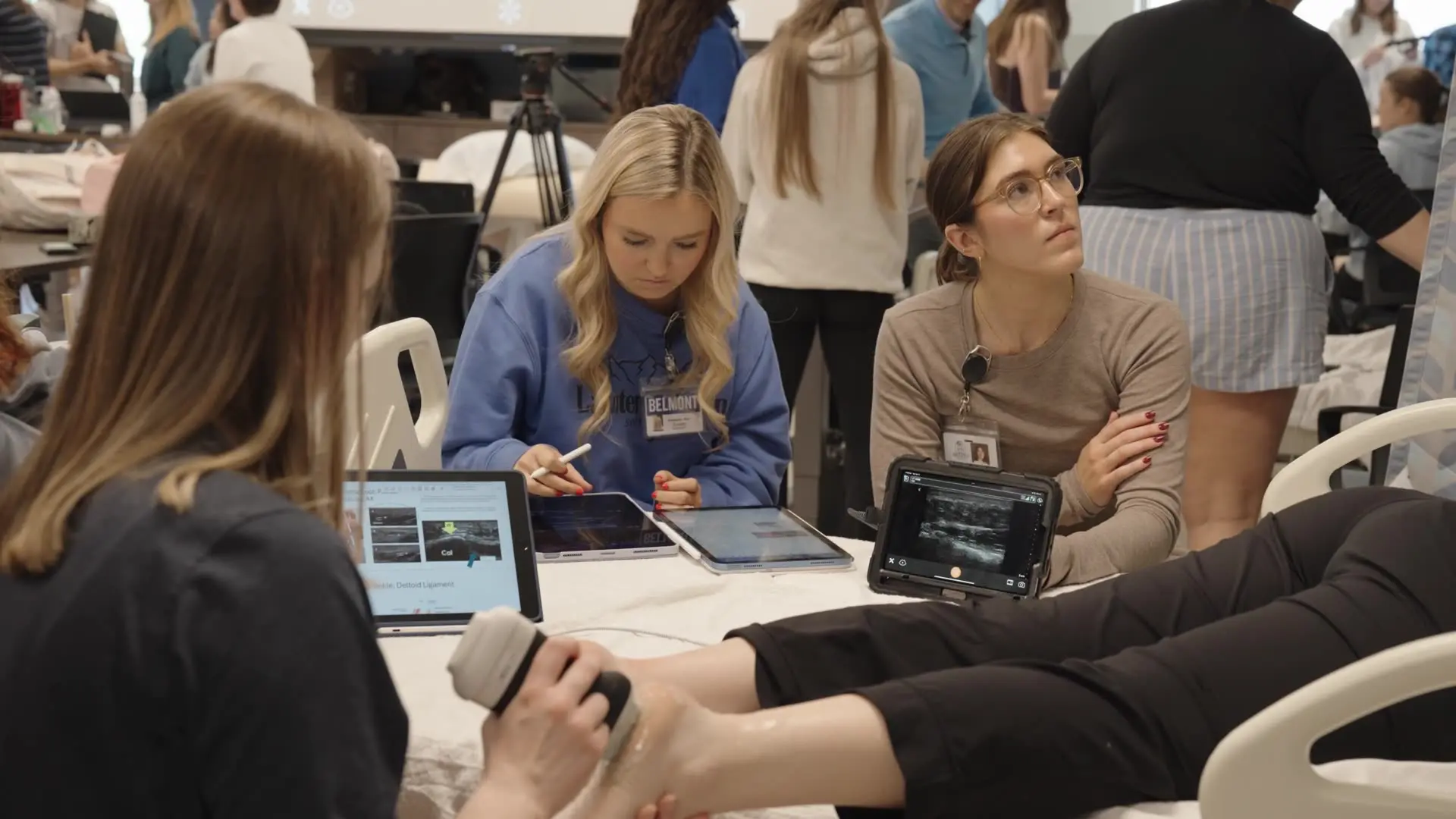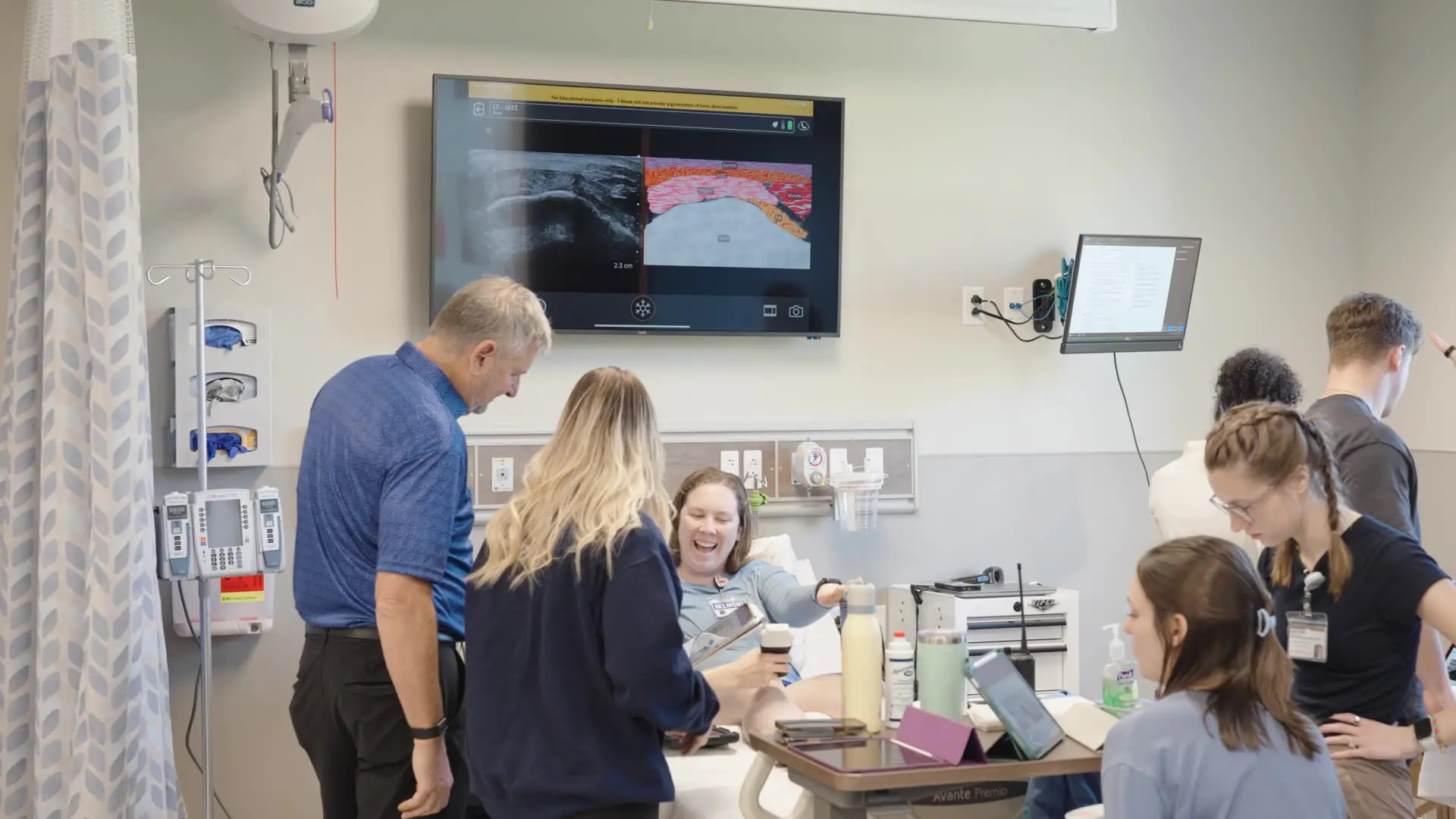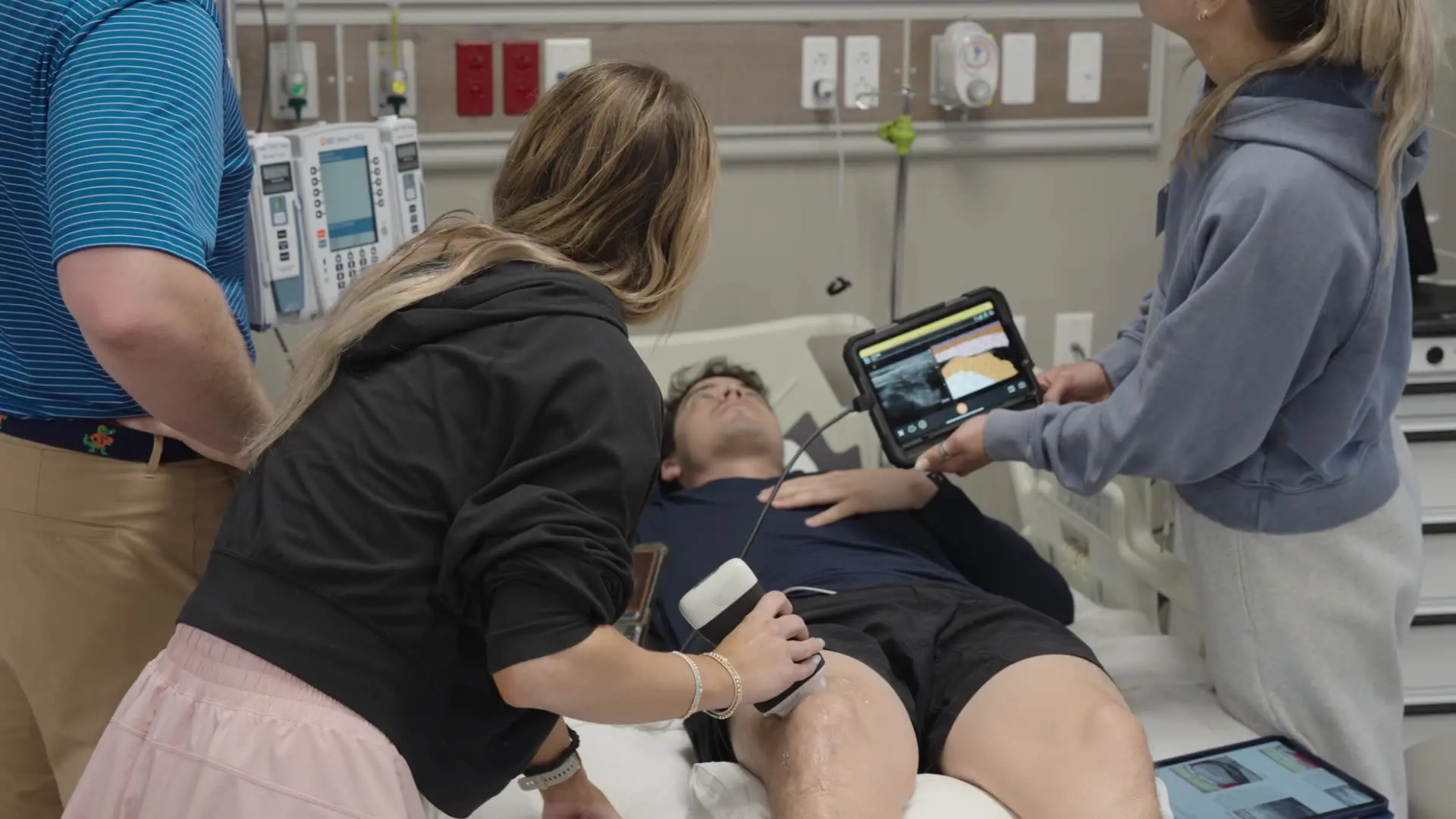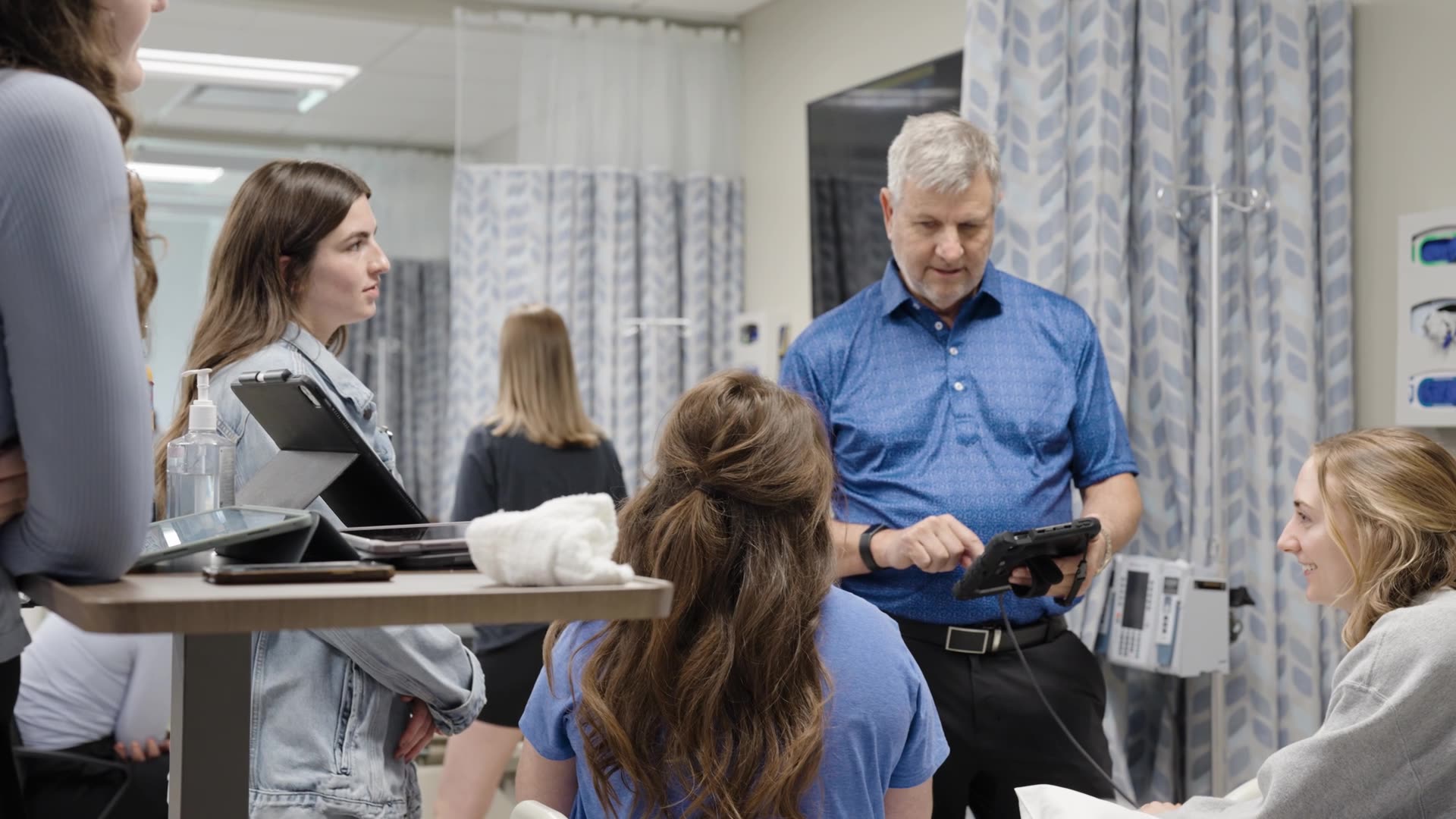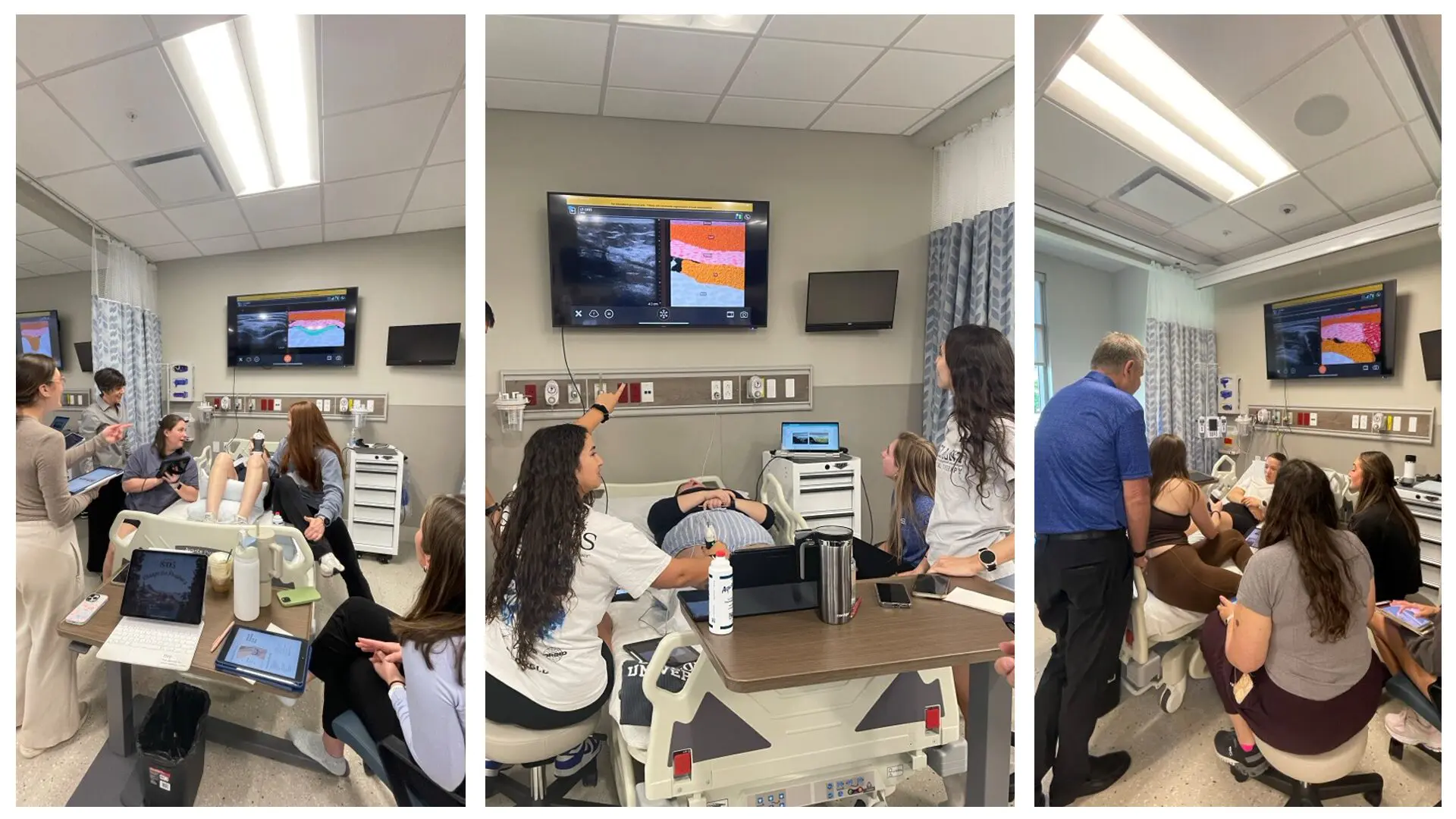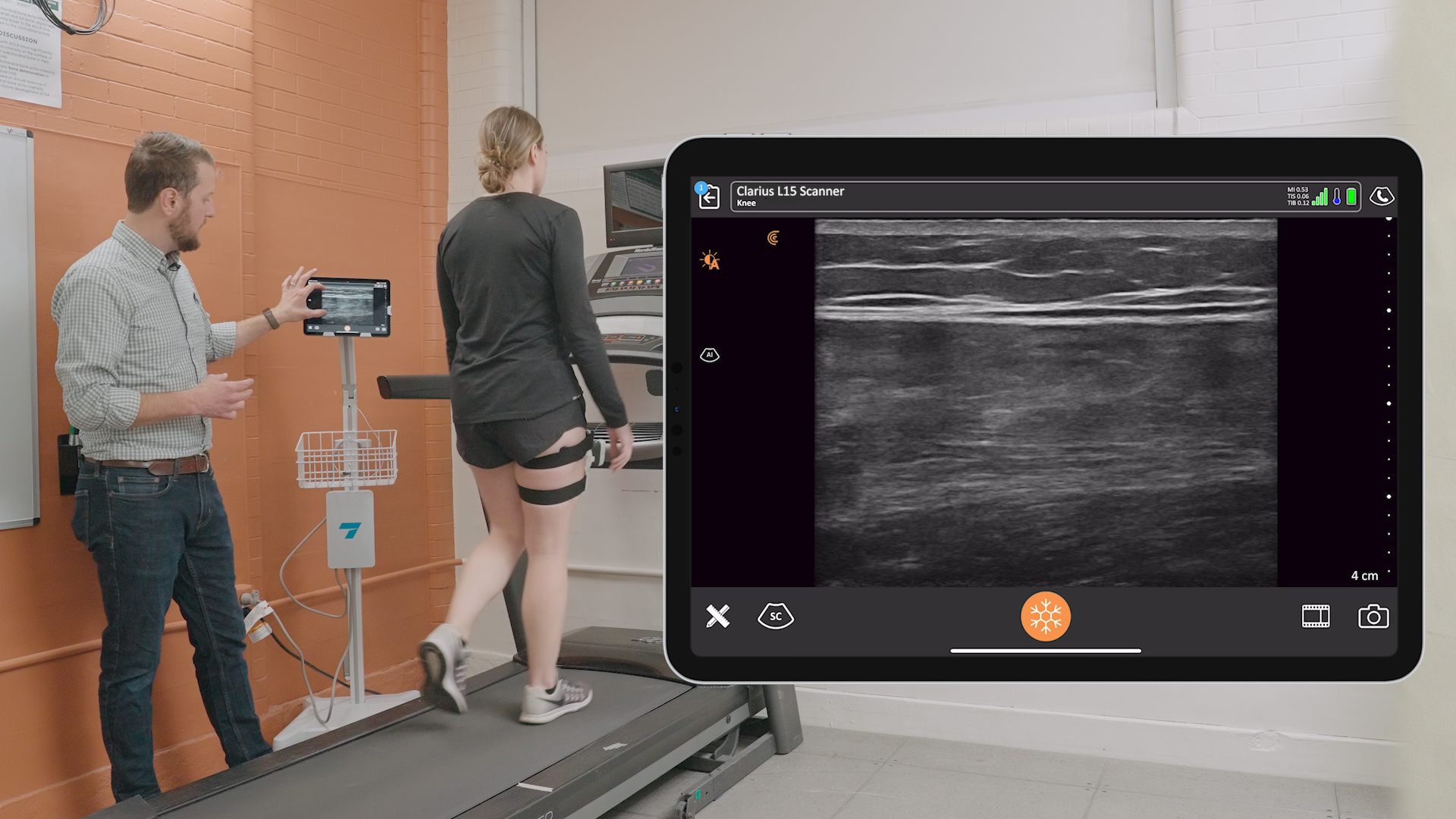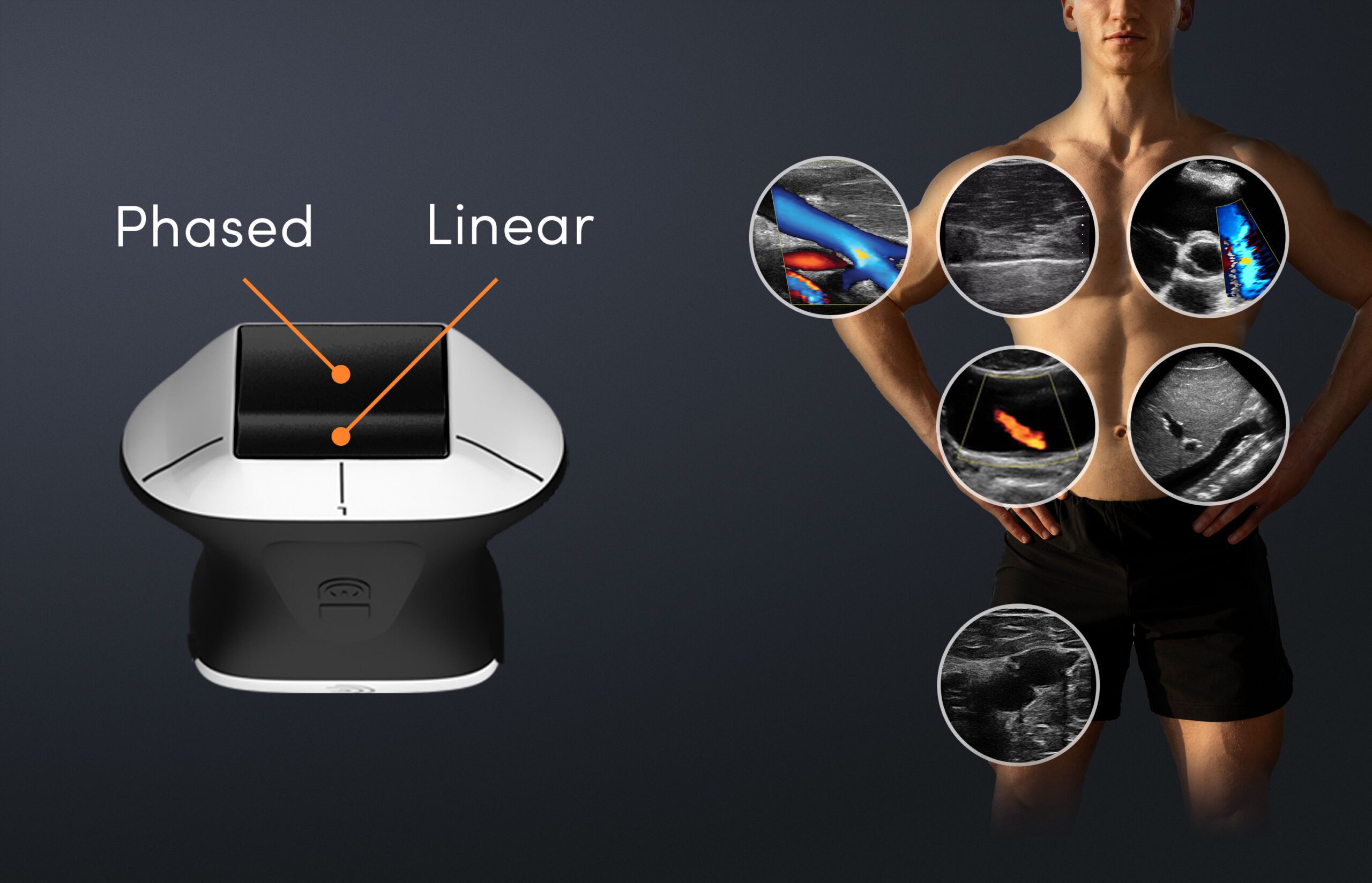By Dave Willis, Co-founder and Chief Strategy Officer
The concept of ultrasound as a modern-day stethoscope has been floating around the ultrasound industry ever since the first laptop systems emerged about a decade ago. After all, it’s the safest, fastest and easiest way to get a quick look at what’s really going on under a patient’s skin. Unfortunately, many medical students are still leaving their programs without more than a very basic understanding of how to use ultrasound.
One of the biggest barriers to teaching ultrasound in medical school has been access to ultrasound machines. Ensuring every student receives enough hands-on training is dependent on the number of ultrasound machines available, which has been limited due to their cost. But now, thanks to advancements in technology, ultrasound has become smaller, portable, and subsequently more affordable and accessible. For the same price of a traditional ultrasound machines, educational facilities can now acquire multiple app-based handheld devices. And since they pair with current iOS and/or Android tablets or smartphones which most students already own, there’s no need to invest in proprietary tablets.
With strong image quality, automated settings, and the ability to easily upload and download images, a handheld wireless ultrasound scanner also cuts down the learning curve. Students can focus on learning ultrasound anatomy and the skills necessary to perform bedside ultrasound, instead of spending time mastering a complicated ultrasound machine.
In the video below, Dr. Peter Tonseth, a radiologist and clinical education lead for ultrasound at a university in Canada, explains how he was introduced to mobile wireless ultrasound and its potential to transform the way ultrasound is taught in medical school.
To foster adoption of ultrasound education in medical schools, Clarius has implemented an education discount for students and educational institutes. Contact us for details about the program.
